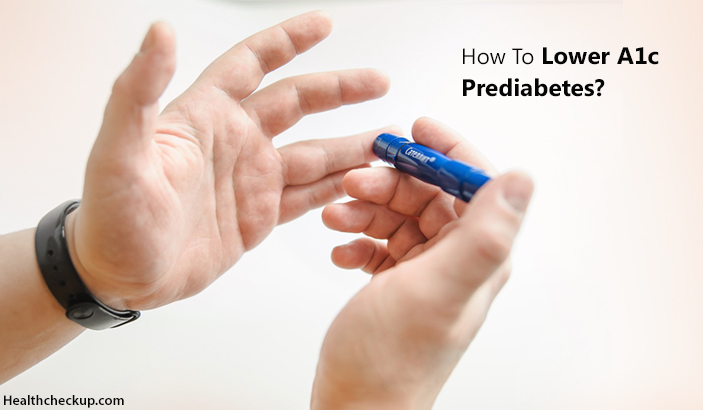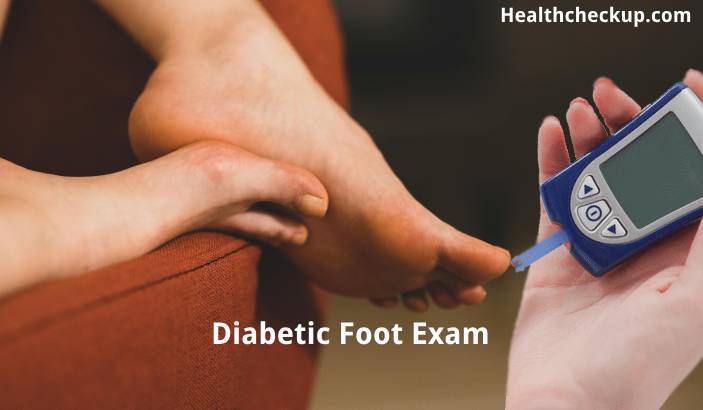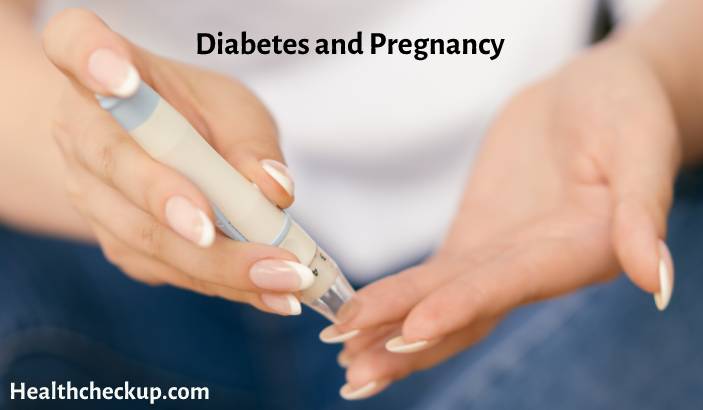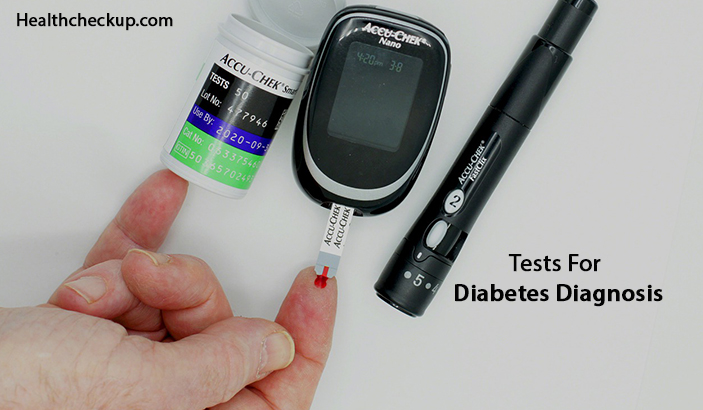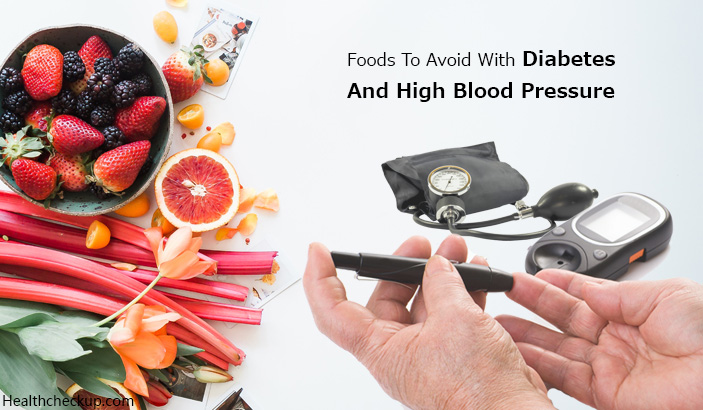Diabetes mellitus is a metabolic disorder which can occur due to multiple causes. Diabetes mellitus presents with high blood sugar levels, defect in insulin secretion or its action and disturbance of carbohydrate, fats and protein metabolism.
Diabetes mellitus is recognized as one of the illnesses belonging to the group of lifestyle disorders, which means that urbanization, sedentary lifestyle and stress has taken a toll on health. These factors predispose people to major diseases like high blood pressure, diabetes, thyroid disorders, cancer, PCOS and infertility. This article will help you understand what is HbA1C and how to lower A1C pre diabetes naturally.
What is HbA1C?
HbA1C is also known as glycosylated hemoglobin. It reflects average plasma glucose over 3 months. The test can be performed at any time of the day and does not require the patient to be fasting.
HbA1C is a useful blood test to detect if a person has had high blood sugars consistently in the previous 8-12 weeks as well. In diabetics, it is used to assess glycemic control. It has been recognized by the American Diabetes Association as a diagnostic test for diabetes.
Some Factors Which May Show Falsely Increased Values of HbA1C Are
- Iron and vitamin B12 deficiency
- Reduced production of red blood cells
- Alcoholism
- Chronic renal failure
- Splenectomy (Surgical Removal of Spleen)
- Large doses of aspirin
- Prolonged use of opiates
- High bilirubin in blood
Factors Which May Show Falsely Reduced Values of HbA1C are
- Iron or vitamin B12 supplementation
- Administration of erythropoietin (promotes formation of red blood cells)
- Aspirin
- Vitamin C and Vitamin E supplements
- Abnormalities of hemoglobin
- Enlarged spleen
- Rheumatoid arthritis
- Administration of anti-retroviral drugs
- High triglyceride level in blood.
What is A1C Pre-diabetes?
Pre-diabetes is a condition that precedes diabetes. In pre-diabetes, your blood sugar levels are higher than normal but not high enough to be categorized as diabetes.
Since pre-diabetes does not show any signs and symptoms, it is difficult to diagnose the condition. Majority of pre-diabetes cases are diagnosed accidentally on a routine blood checkup.
Having pre-diabetes means that you are at a high risk to develop diabetes in future. However, developing diabetes can be avoided or delayed with the help of regular screening and taking up measures timely.
Risk Factors For Having Pre Diabetes
- Females with Polycystic Ovarian Syndrome (PCOS)
- Physical inactivity
- Obesity
- Dyslipidemia (Elevated Cholesterol and Triglycerides)
- Hypertension
- Family history of diabetes mellitus
- Females with a history of gestational diabetes mellitus (diabetes which develops during pregnancy)
Future complications of developing diabetes are hypertension, stroke, and cardiovascular illnesses.
A1C Range for Pre-diabetes
Normal reference range to diagnose pre-diabetes and differentiate it from diabetes is
| Condition | HbA1C values |
| Normal | Less than 5.7% |
| Pre-diabetes | 5.7 – 6.4% |
| Diabetes | More than 6.5% |
How to Lower A1C Pre Diabetes?
Newer guidelines for managing pre-diabetes and prevention or delay of diabetes is mainly based on lifestyle modifications and behavioural therapy rather than medications.
- Healthy Diet
- Cut down on fried or processed food. Fried food contains trans-fats which increase cholesterol and triglyceride levels in blood increasing the risk for both diabetes and hypertension.
- Monitor intake of carbohydrates. Carbohydrates are difficult to digest and are ultimately converted by our body into starch and sugars. Therefore blood sugar remains elevated for longer time.
- Consume calories intake upon your weight and requirement.
- Regulate the intake of sweet food.
- Include whole grains and fiber in the diet.
- Include fresh fruits and vegetables in the diet.
- Choose calorie-free drinks instead of juices and soft drinks.
- Cut down on consumption of bakery products like cakes, pastries, pies, etc.
- Opt for roasting, steaming, grilling or broiling instead of frying.
- Include proteins in diet like skinless meat or lean meat, fish, eggs, legumes and lentils.
- Use natural forms of sugar like stevia instead of the commercially available sugar.
- Meals
- Avoid prolonged fasting and skipping meals.
- Plan your meal timings as per your schedule. You need to visit your dietician to receive an individualized diet plan.
- Avoid smoking and alcohol consumption
- Regular Physical Activity – Like brisk walking, running or swimming for at least 30 minutes every day for at least 5 days a week. Evaluate your suitability for certain types of exercises. Combine various forms of exercises to lose weight. Regular exercise works beneficially to lower A1C pre-diabetes as it
- Increases insulin sensitivity
- Regulates lipids in blood
- Lowers blood pressure
- Reduces weight
- Improves blood glucose levels
- Lose Weight – Obesity and overweight individuals are at a very high risk for developing diabetes and hypertension. Monitoring weight loss helps in evaluating obesity as a risk factor for pre-diabetes.
- Manage Stress – Stress is a precursor for a large number of illnesses right from simple hair fall and skin complaints to diabetes and hypertension. Learning how to manage stress and living a stress-free life has a huge impact on overall health.
- Track Progress – Make your own log to monitor the following
- Weight
- Sleep hours
- Calorie intake
- Exercise hours and time
- Blood sugars and A1C
Lowering A1C can be achieved by combining lifestyle modifications with medications. This approach towards pre-diabetes can delay or avoid progression from pre-diabetes to diabetes. Dietary modifications need to be done according to your diet, requirement and suitability from a certified dietician.
It is also important to keep a regular follow up with your doctor if you are at high risk for having diabetes. Regular follow-up visits will enable you to consistently evaluate your risk factors and receive a tailor made treatment and diet plan to lower A1C pre-diabetes.
Besides choosing a healthier lifestyle, it is important to make people around you aware about pre-diabetes. Health care professionals need to carry out adequate screening for pre-diabetes to reduce the burden of diabetes in society along with its complications.
Dr. Himanshi is a Homoeopathic consultant and currently working as a lecturer in Post-graduate faculty of Homeopathy, Parul University, Vadodara. Completed BHMS and MD in Homeopathy in January 2018 and also has a clinical experience of about 6 years. Personal interests include reading, spending time with family and traveling.


